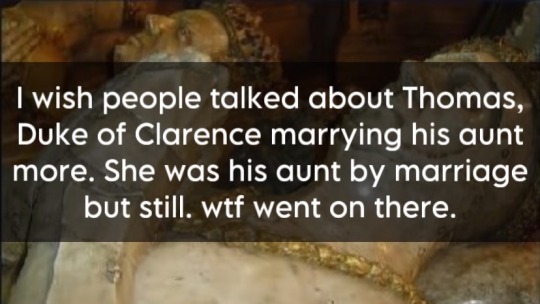#thomas duke of clarence
Text

All but one of the shields with [Margaret Holland, Duchess of Clarence's] husbands' heraldic arms are positioned next to images of death and resurrection: the arms of Beaufort impaling Holland are juxtaposed with an image of the Last Judgement at the beginning of the seven penitential Psalms; Clarence's arms are placed next to a funeral scene at the start of the Office of the Dead; and at the Commendation of Souls the arms of Beaufort are placed next to a miniature showing angels carrying three souls upwards to the Trinity.
The only apparent exception to this pattern is the arms of Clarence impaling Holland at the Prime of the Office of the Virgin, juxtaposed with an image of the Arrest of Christ. Perhaps Margaret saw this image of armed violence, featuring a crowd of guards in armour reminiscent of fifteenth-century fashions, as an oblique reference to Clarence's bloody death on the battlefield. It is certainly one of the miniatures that attracted the most attention: the face of Christ, grasped simultaneously by Judas and an armoured knight, is smeared from rubbing or kissing. Interestingly, the other area on this folio similarly blurred is the escutcheon of Clarence and Margaret's arms directly below the scene: the only heraldic shield in the Clarence Hours to bear the traces of such tactile ministrations. Just as the miniature of the Presentation to the Temple sets up a correspondence between the Virgin's dedication to God and Margaret's own religious commitment, so the duchess may have seen the violence of Clarence's demise as an echo of Christ's suffering.
Jessica Barker, Stone Fidelity: Marriage and Emotion in Medieval Tomb Sculpture (The Boydell Press, 2020)
#i am so unwell about this#margaret holland duchess of clarence#john beaufort 1st earl of somerset#thomas duke of clarence#manuscripts#historian: jessica barker#the battle of bauge
8 notes
·
View notes
Text
Wish we lived in a world where Thomas, Duke of Clarence was a bit more sensible and didn't end up getting himself killed in Bauge.
8 notes
·
View notes
Text
my goal is to make everyone who reads my lancasterlings fic love thomas, duke of clarence as much as i do. is it working?
#text posts#thomas duke of clarence#if thomas duke of clarence has a million fans then i am one of them#if thomas duke of clarence has ten fans#then i am one of them#if thomas duke of clarence has only one fan#then that is me#if thomas duke of clarence has no fans#then that means i am no longer on earth#if the world is against thomas duke of clarence#then I am against the world.#(yeah i know. a million fans? ten fans is pushing it)#(and most of them would be 'well he's henry iv's favourite son and i stan henry iv so i guess he's fine' or 'yeah i guess he's fine')#fic talk
8 notes
·
View notes
Text
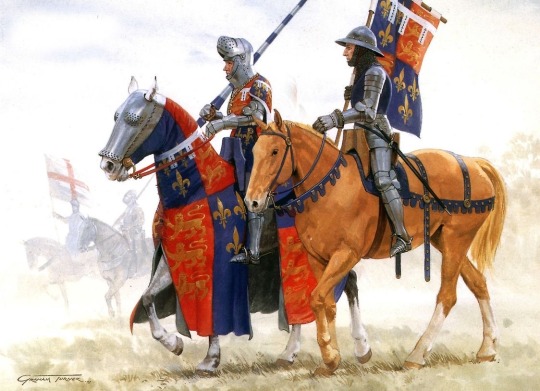

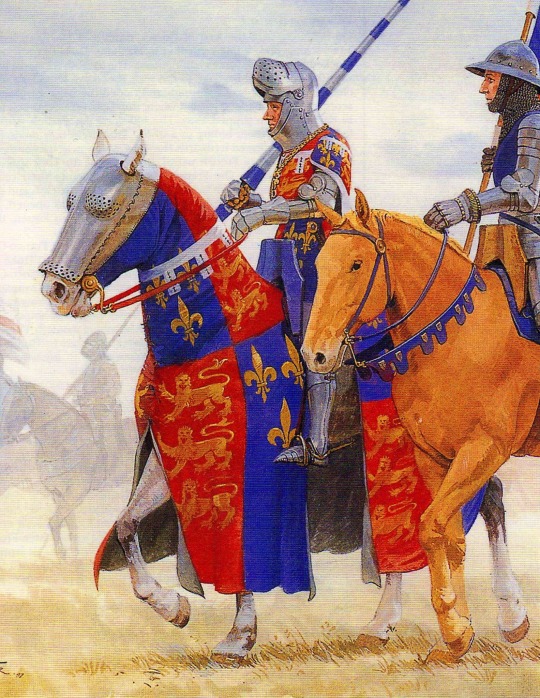
Thomas of Lancaster, Duke of Clarence (Henry V’s commander) with a Standard bearer
#battle of baugé#thomas duke of clarence#commander#henry v#army#art#history#europe#european#france#england#knights#medieval#knight#middle ages#standard bearer#english#hundred years war#prince#soldier#thomas of lancaster#duke of clarence
149 notes
·
View notes
Note
I am lowkey highkey obsessed with Thomas. He comes across as having a streak of earnestness in some things I read (it was either his knightly brotherhood agreement with Charles Duke of Orleans or his letter to Henry about how awful his situation in Ireland was) but I also like the hotheaded, reckless image of him. I think a lot of modern historians either overlook him because he wasn't around for Henry VI's minority or just tend to assume that the Battle of Bauge tells us everything about his personality and thus we end up at the hotheaded, reckless idiot image.
(also re: Henry; I think CGW says something like he could have been a good king but the way he became king meant he could never be a good king because usurpation left too great a stain on his character. That makes a lot of sense to me. Plus he got so sick just as he was starting to gain stability on the throne… you can almost sort of read this trend of Henry being like "time for kingly awesomeness! (a fun party ala Edward III; going on a military campaign)" and then ending up having another rebellion or health crisis. The dickhead was still doing it up to 1412 - he was going to lead Thomas's expedition! Until he couldn't…)
(I have written and re-written this so many times to try and clearly explain my view and I'm still not happy with it v.v)
I kind of like the mental image of Thomas as a hot head, but a hot head with a heart of gold iykwim. It really annoys me that we don't know more about him, because reading about his stint in Ireland and campaign in France knowing how much people wanted him to be heir instead of Hal really just... baffled me. The failure of those two things don't exclusively or even predominately fall on his head, it just doesn't explain why people were so ready to back him over Hal, who already had a quashed rebellion under his belt (it'd be easy to brush it off as just people really hating Hal, which they did seem to, but they also seemed to genuinely want Thomas). I think it mostly comes down to Thomas' strengths being in areas that weren't necessarily conducive to leading a country, the way Hal, John, and likely Philippa's were, but we only know of those strengths because we have been able to evaluate their and their successors achievements to examine what does make a good monarch.
CGW coming to that conclusion about Henry IV didn't make a lot of sense to me, because that book did a really good job at detailing all the ways Henry was ill-equipped to be king ^.^'''' A lot of it was definitely because of him being a usurper, like being unable to convince parliament to raise taxes because they would leverage his own promises against him, or his habit of basically never standing up for himself and then going too far in the other direction, realising how much he screwed up, and then swinging too far back again (see the Scrope debacle). And even without all the ways his being a usurper affected him, there are so many instances of him straining against the monetary confines he now has to live with (I understand why he wanted the Duchy of Lancaster to be kept separate from the crown. Terrible outcome, but understandable), or wanting to be on crusade and not being able to because he is king, or the trouble he went through for marrying Joanna because it wasn't a good marriage for a king... all of it very much suggests to me that again, the 'princely virtues' he was so often praised for over Richard did nothing to actually prepare him for running a government, and there is a lot that suggests to me he didn't enjoy it. I guess you give him more credit that I do
30 notes
·
View notes
Note
Had the realisation that it's very possible Thomas and Charles first met each other when Henry was in exile and being bffs with Louis...
Omg you're right
Thomas was a few years older than Charles, being born in 1387-- so he was seven years older than Charles, who would have been about four/five and always clinging to his mom or dad. Charles is curious about the new boy who's staying with them for a time.
2 notes
·
View notes
Text
"The late medieval nobility were not always gleefully ganging up on the king. On the contrary, a lord with pretensions of dominance would find his severest critics among his fellow nobles, who seem on the whole to have considered an inept king infinitely preferable to a colleague wielding excessive power. The isolation of Richard of York in the 1450s can be paralleled in the fourteenth century by Thomas of Lancaster, whose assumption of dominance in opposition to Edward II was much disliked, in spite of the king's own unpopularity."
-Rosemary Horrox, "Personalities and Politics", The Wars of the Roses (Problems in Focus), edited by A.J Pollard
#this chapter also points out how Warwick and Clarence found almost no noble backing outside their own immediate circle when they#imprisoned Edward IV - and were so demonstably unable to represent royal authority that they were forced to free him#I wanted to add that here originally but since the situation wasn't exactly the same as the two mentioned above I left it out#richard duke of york#henry vi#edward ii#thomas of lancaster#queue
11 notes
·
View notes
Text
don’t just read the exciting fun extremists and spiritual cultists and esotericists, either. the “brilliant” theorists: Nick land etc. that’s tempting, because the right is so boring: the same critiques, the same analysis over 2 centuries. but it’s more important ime to engage Naipaul, Sowell than Evola, or Savtiri Devi
4 notes
·
View notes
Text

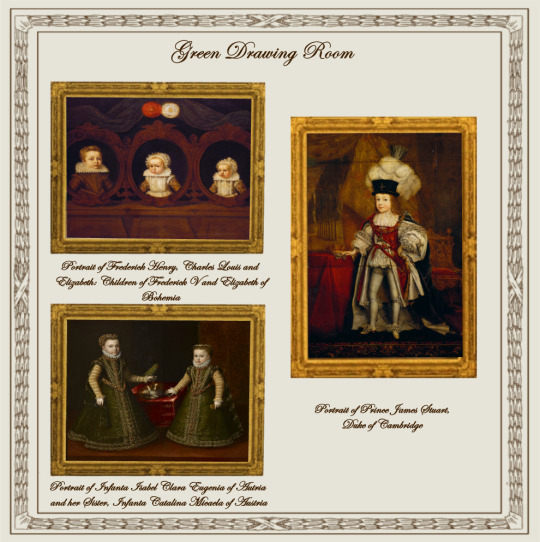
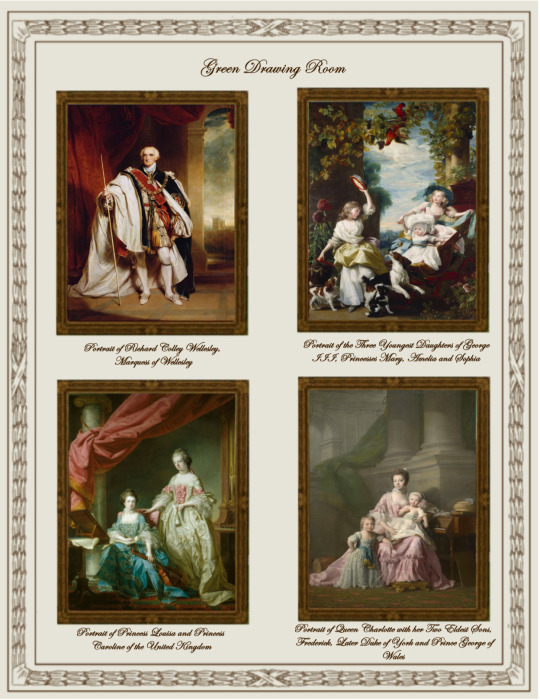
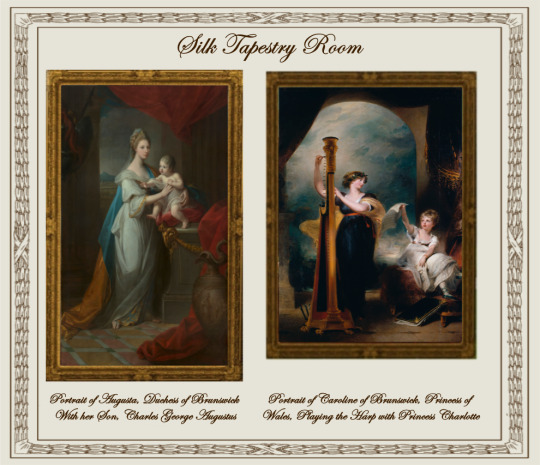
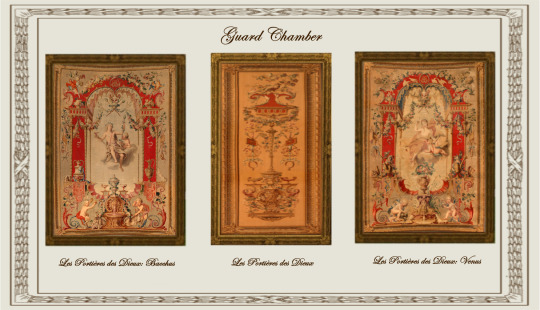

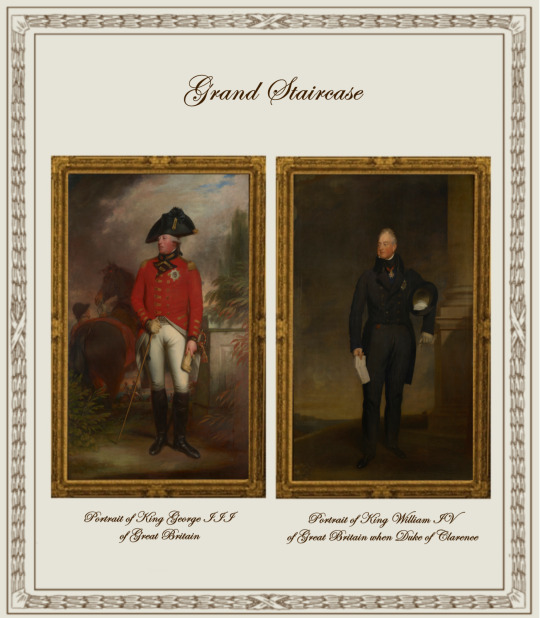
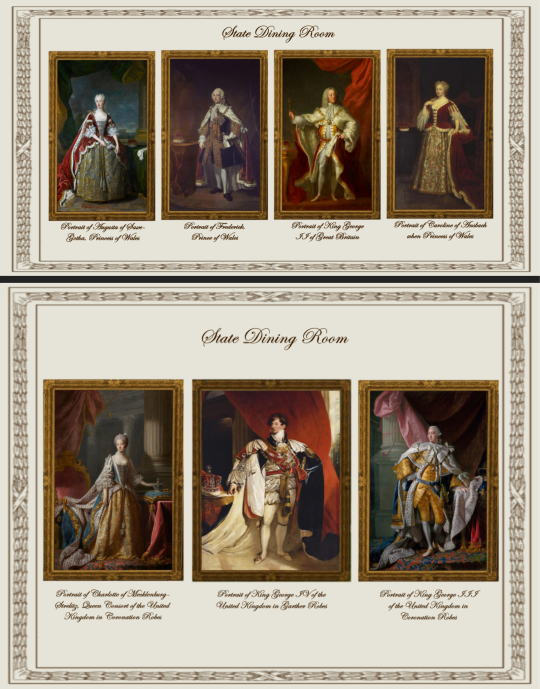
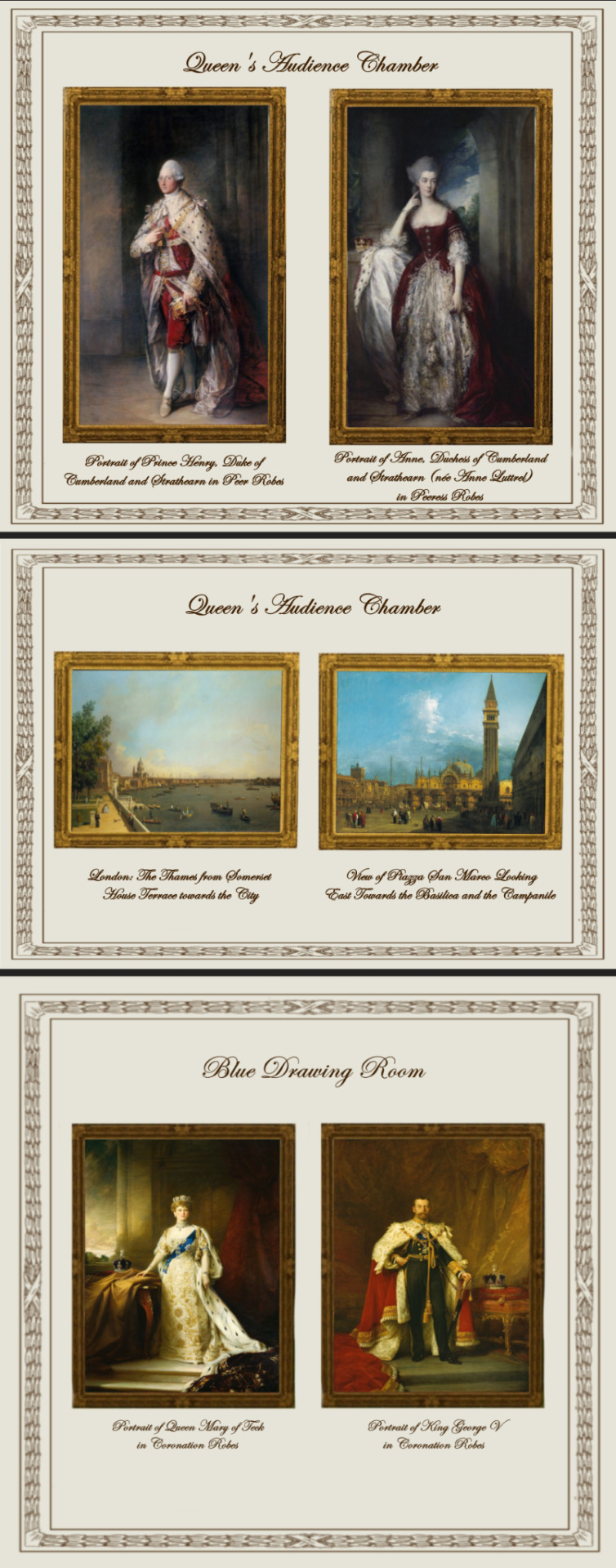
Paintings from Buckingham Palace: part I
A retexture by La Comtesse Zouboff — Original Mesh by @thejim07
100 followers gift!
First of all, I would like to thank you all for this amazing year! It's been a pleasure meeting you all and I'm beyond thankful for your support.
Spread among 13 occupied and historic royal residences in the United Kingdom, the collection is owned by King Charles III and overseen by the Royal Collection Trust. The British monarch owns some of the collection in right of the Crown and some as a private individual. It is made up of over one million objects, including 7,000 paintings, over 150,000 works on paper, this including 30,000 watercolours and drawings, and about 450,000 photographs, as well as around 700,000 works of art, including tapestries, furniture, ceramics, textiles, carriages, weapons, armour, jewellery, clocks, musical instruments, tableware, plants, manuscripts, books, and sculptures.
Some of the buildings which house the collection, such as Hampton Court Palace, are open to the public and not lived in by the Royal Family, whilst others, such as Windsor Castle, Kensington Palace and the most remarkable of them, Buckingham Palace are both residences and open to the public.
About 3,000 objects are on loan to museums throughout the world, and many others are lent on a temporary basis to exhibitions.
-------------------------------------------------------
This first part includes the paintings displayed in the White Drawing Room, the Green Drawing Room, the Silk Tapestry Room, the Guard Chamber, the Grand Staircase, the State Dining Room, the Queen's Audience Room and the Blue Drawing Room,
This set contains 37 paintings and tapestries with the original frame swatches, fully recolourable. They are:
White Drawing Room (WDR):
Portrait of François Salignan de la Mothe-Fénelon, Archbishop of Cambrai (Joseph Vivien)
Portrait of a Lady (Sir Peter Lely)
Portrait of a Man in Armour with a red scarf (Anthony van Dyck)
Portrait of Alexandra of Denmark, Queen Consort of the United Kingdom and Empress of India (François Flameng)
Green Drawing Room (GDR):
Portrait of Prince James Stuart, Duke of Cambridge (John Michael Wright)
Portrait of Frederick Henry, Charles Louis and Elizabeth: Children of Frederick V and Elizabeth of Bohemia (unknown)
Portrait of Infanta Isabel Clara Eugenia of Autria and her Sister, Infanta Catalina Micaela of Austria (Alonso Sanchez Coello)
Portrait of Princess Louisa and Princess Caroline of the United Kingdom (Francis Cotes)
Portrait of Queen Charlotte with her Two Eldest Sons, Frederick, Later Duke of York and Prince George of Wales (Allan Ramsay)
Portrait of Richard Colley Wellesley, Marquess of Wellesley (Martin Archer Shee)
Portrait of the Three Youngest Daughters of George III, Princesses Mary, Amelia and Sophia (John Singleton Copley)
Silk Tapestry Room (STR):
Portrait of Caroline of Brunswick, Princess of Wales, Playing the Harp with Princess Charlotte (Sir Thomas Lawrence)
Portrait of Augusta, Duchess of Brunswick With her Son, Charles George Augustus (Angelica Kauffmann)
Guard Chamber (GC):
Les Portières des Dieux: Bacchus (Manufacture Royale des Gobelins)
Les Portières des Dieux: Venus (Manufacture Royale des Gobelins)
Les Portières des Dieux (Manufacture Royale des Gobelins)
Grand Staircarse (GS):
Portrait of Adelaide of Saxe-Meiningen, Queen Consort of Great Britain (Martin Archer Shee)
Portrait of Augustus, Duke of Sussex (Sir David Wilkie)
Portrait of Edward, Duke of Kent (George Dawe)
Portrait of King George III of Great Britain (Sir William Beechey)
Portrait of King William IV of Great Britain when Duke of Clarence (Sir Thomas Lawrence)
Portrait of Leopold I, King of the Belgians (William Corden the Younger)
Portrait of Prince George of Cumberland, Later King George V of Hanover When a Boy (Sir Thomas Lawrence)
Portrait of Princess Charlotte Augusta of Wales (George Dawe)
Portrait of Queen Charlotte at Frogmore House (Sir William Beechey)
Portrait of Victoria of Saxe-Coburg-Saafeld, Duchess of Kent (Sir George Hayter)
State Dining Room (SDR):
Portrait of Charlotte of Mecklenburg-Strelitz, Queen Consort of the United Kingdom in Coronation Robes (Allan Ramsay)
Portrait of King George III of the United Kingdom in Coronation Robes (Allan Ramsay)
Portrait of Augusta of Saxe-Gotha, Princess of Wales (Jean-Baptiste Van Loo)
Portrait of Caroline of Ansbach when Princess of Wales (Sir Godfrey Kneller)
Portrait of Frederick, Princes of Wales (Jean-Baptiste Van Loo)
Portrait of King George II of Great Britain (John Shackleton)
Portrait of King George IV of the United Kingdom in Garther Robes (Sir Thomas Lawrence)
Queen's Audience Room (QAR):
Portrait of Anne, Duchess of Cumberland and Strathearn (née Anne Luttrel) in Peeress Robes (Sir Thomas Gainsborough)
Portrait of Prince Henry, Duke of Cumberland and Strathearn in Peer Robes (Sir Thomas Gainsborough)
London: The Thames from Somerset House Terrace towards the City (Giovanni Antonio Canal "Canaletto")
View of Piazza San Marco Looking East Towards the Basilica and the Campanile (Giovanni Antonio Canal "Canaletto")
Blue Drawing Room (BDR)
Portrait of King George V in Coronation Robes (Sir Samuel Luke Fildes)
Portrait of Queen Mary of Teck in Coronation Robes (Sir William Samuel Henry Llewellyn)
-------------------------------------------------------
Found under decor > paintings for:
500§ (WDR: 1,2 & 3)
1850§ (GDR: 1)
1960§ (GDR: 2 & 3 |QAR 3 & 4)
3040§ (STR, 1 |GC: 1 & 2|SDR: 1 & 2)
3050§ (GC:1 |GS: all 10|WDR: 4 |SDR: 3,4,5 & 6)
3560§ (QAR: 1 & 2|STR: 2)
3900§ (SDR: 7| BDR: 1 & 2|GDR: 4,5,6 & 7)
Retextured from:
"Saint Mary Magdalene" (WDR: 1,2 & 3) found here .
"The virgin of the Rosary" (GDR: 1) found here .
"The Four Cardinal Virtues" (GDR: 2&3|QAR 3 & 4) found here.
"Mariana of Austria in Prayer" (STR, 1, GC: 1 & 2|SDR: 1 & 2) found here.
"Portrait of Philip IV with a lion at his feet" (GC:1 |GS: all 10|WDR: 4 |SDR: 3,4,5 & 6) found here
"Length Portrait of Mrs.D" (QAR: 1 & 2|STR: 2) found here
"Portrait of Maria Theresa of Austria and her Son, le Grand Dauphin" (SDR: 7| BDR: 1 & 2|GDR: 4,5,6 & 7) found here
(you can just search for "Buckingham Palace" using the catalog search mod to find the entire set much easier!)
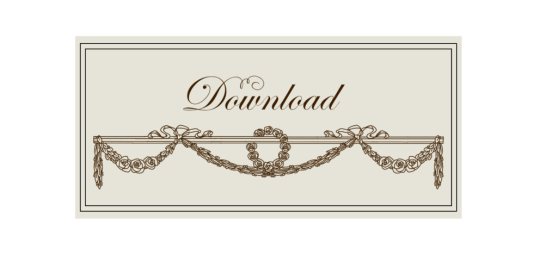
Drive
(Sims3pack | Package)
(Useful tags below)
@joojconverts @ts3history @ts3historicalccfinds @deniisu-sims @katsujiiccfinds @gifappels-stuff
-------------------------------------------------------
#the sims 3#ts3#s3cc#sims 3#sims 3 cc#sims 3 download#sims 3 decor#edwardian#rococo#baroque#renaissance#buckingham#buckingham palace#royal collection trust#wall decor
95 notes
·
View notes
Text
#another important poll by me#henry v#thomas duke of clarence#john duke of bedford#humphrey duke of gloucester#blanche of england#philippa of england#edward leboorde#siblings#polls
14 notes
·
View notes
Text
#henry bolingbroke#house of lancaster#henry iv#henry v#thomas duke of clarence#john duke of bedford#humphrey duke of gloucester#blanche of england#Philippa queen of norway denmark and sweden
3 notes
·
View notes
Text
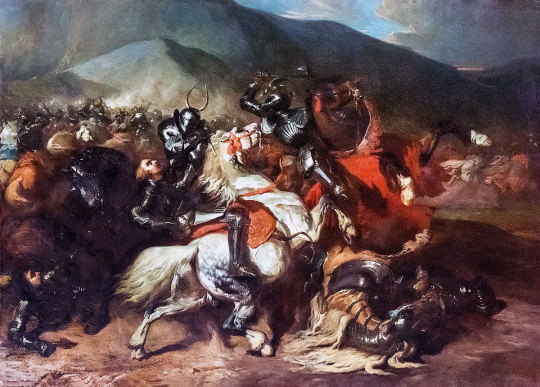

On 22nd March 1421, Scottish army. under the Earl of Buchan defeated English forces at Bauge in Anjou, France.
Not heard of it? That’s because the history we were taught in school was all anglicized, oh we did get a wee bit about the 100 year war, mainly Agincourt, because the English won that day, or possibly Crecy, another victory for them, Bauge and many other times the English were gubbed are ignored.
Ok you might be wondering why I say a Scottish army, historians all say that the majority of the troops were Scottish soldiers, aye there was a few Frenchmen fighting on “our” side, but this was very much a Scottish victory over an English army.
This all goes down as part of the Auld Alliance, which was signed in 1295 by King John Balliol and Philip IV of France. The Alliance was renewed periodically after that date and by the 1410s it was very much “in play” as Henry V of England initiated the third phase of the Hundred Years War, often known to historians as the Lancastrian War.
In 1418, it was the French Dauphin who called on his Scottish allies for assistance in his efforts to curtail Henry’s depredations after the great battle of Agincourt in 1415. It had to be the Dauphin, or Crown Prince, who sought help from Scotland because the French king, Charles VI, was already showing signs of the mental illness that would eventually see him nicknamed Charles the Mad.
The French aristocracy had split into two factions with many supporting the Duke of Burgundy in his aspirations to take the throne, while many others stayed loyal to the King and the House of Valois, known as the Armagnacs. Increasingly it was the teenaged Dauphin, the future Charles VII, who made all the major decisions for the Valois regime and, faced with the Burgundy alliance with Henry V and the surrender of many of his own forces, he sent for help from Scotland.
The complicating factor at the time was that King James I of Scotland was still a prisoner of the English, albeit that he was part of the royal household of Henry, whom he greatly admired, and he would actually fight with the English army against the French in France in 1420. In charge of Scotland was the Duke of Albany, Robert Stewart, who had become regent when James was first captured by the English in 1406 while en route to France.
There had been no large battles between the Scots and the English since the Battle of Homildon Hill, or Humbleton Hill, in 1402 won by the English, but with England preoccupied with France, Albany no doubt felt it safe to respond positively to Scotland’s oldest ally. By 1419, there was also peace of a sort along the border with England so the Scots could afford to send an army of around 6000 men including men at arms, spearman and archers to serve alongside the remaining French royal army.
Henry V’s of England’s brother, Thomas the Duke of Clarence led 10,000 men south towards the Loire. They set about besieging the castle at Bauge when the Scots were garrisoned, they made contact with them the day before Good Friday. A truce was reached, lasting until Monday, so that the combatants could properly observe the religious occasion of Easter.
The English lifted their siege and withdrew to nearby Beaufort, while the Scots camped at La Lude. However, early in the afternoon of Saturday Scottish scouts reported that the English had broken the truce and were advancing upon them hoping to take them by surprise. The Scots rallied hastily and battle was joined at a bridge which the Duke of Clarence, with banner unfurled for battle, sought to cross. A detachment of a few hundred men under Sir Robert Stewart of Ralston, reinforced by the retinue of Hugh Kennedy, held the bridge and prevented passage long enough for the Earl of Buchan to rally the rest of his army, whereupon they made a fighting retreat to the town where the English archers would be ineffective.
Both armies now joined in a bitter melee that lasted until nightfall. During this time Sir John Carmichael of Douglasdale broke his lance unhorsing the Duke of Clarence; since that day the Carmichael coat of arms displays an armoured hand holding aloft a broken lance in commemoration of the victory. Once on the ground, the Duke was killed by Sir Alexander Buchanan. The English dead included the Lord Roos, Sir John Grey and Gilbert de Umfraville, whose death directly led to the extinction of the male line of that illustrious family, well known to the Scots since the Wars of Independence. The Earl of Somerset and his brother were captured by Laurence Vernon (later elevated to the rank of knight for his conduct), the Earl of Huntingdon was captured by Sir John Sibbald, and Lord Fitz Walter was taken by Henry Cunningham.
On hearing of the Scottish victory, Pope Martin V passed comment by reiterating a common mediaeval saying, that the Scots are well-known as an antidote to the English.
20 notes
·
View notes
Text
I don’t care if it’s medically impossible, I need the Lancaster bros to tower over their father.
Like so:
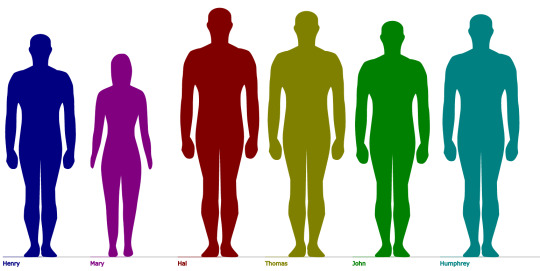
#henry iv#mary de bohun#henry v#thomas duke of clarence#john duke of bedford#humphrey duke of gloucester#(john is the shortest of the brothers which is enough to give him a complex)#lancasterlings#text posts
29 notes
·
View notes
Text
There is also good reason to connect [Elizabeth of York] with the splendid early fifteenth-century Hours of Margaret Holland, duchess of Clarence, which includes an added prayer on behalf of 'thy unworthy handmaiden Elizabeth'. Although the original owner of this richly illuminated manuscript ended her life as the widow of Henry V's younger brother, Thomas, duke of Clarence (d. 1421), she was by an earlier alliance also the widow of John Beaufort, earl of Somerset, the elder legitimated son of John of Gaunt, and thus the grandmother of Margaret Beaufort.
— Janet Backhouse, Illuminated Manuscripts associated with Henry VII and Members of his Immediate Family | The reign of Henry VII: proceedings of the 1993 Harlaxton symposium
The decoration of the book includes arms of the Beauforts, of the royal family as borne by Thomas, duke of Clarence, and of the owner's own paternal family of Holland, through which she was a kinswoman of the royal house in her own right. It thus offers a very graphic demonstration of Henry VII's illustrious descent through his mother's family and it is tempting to suppose it may have been Margaret Beaufort herself who diverted it to the use of her daughter-in-law.
#a gift for elizabeth? very possible imo#elizabeth of york#margaret beaufort#historicwomendaily#margaret holland duchess of clarence#historian: janet backhouse
24 notes
·
View notes
Text
Recent historiography has placed particular emphasis on the social origins and influence of individuals who took opposing sides in debates on the abolition of the slave trade between 1787 and 1807. There is no doubt that family networks and connections influenced patterns of pro-slavery and abolitionist support. Despite this familial focus, comparatively little attention has been paid to the attitudes and interventions in the debate of King George III and his family. As early as 1808, Thomas Clarkson’s History of the Rise, Progress, and Accomplishment of the Abolition of the African Slave-Trade by the British Parliament recorded how Prince William Henry, duke of Clarence, and his younger cousin, Prince William Frederick, second duke of Gloucester and Edinburgh, held diametrically opposed views on the issue. Evidence that has recently come to light in the Royal Archives makes it possible to assess whether the divide between George III’s son and nephew points to a royal family riven by disagreement on the rights and wrongs of slavery. By broadening the canvas of study to include other royal dukes, this article contributes to a much fuller understanding of the family’s reaction to one of the most pressing moral and economic questions of the day. Their views were not just a matter of their own personal opinions; their interventions in debate affected (and on balance, impeded) the progress of abolition and had direct repercussions on the lives of hundreds of thousands of enslaved Africans.
#uni life#history student#to read later#king george iii#slavery#abolitionism#royal history#eighteenth century
18 notes
·
View notes
